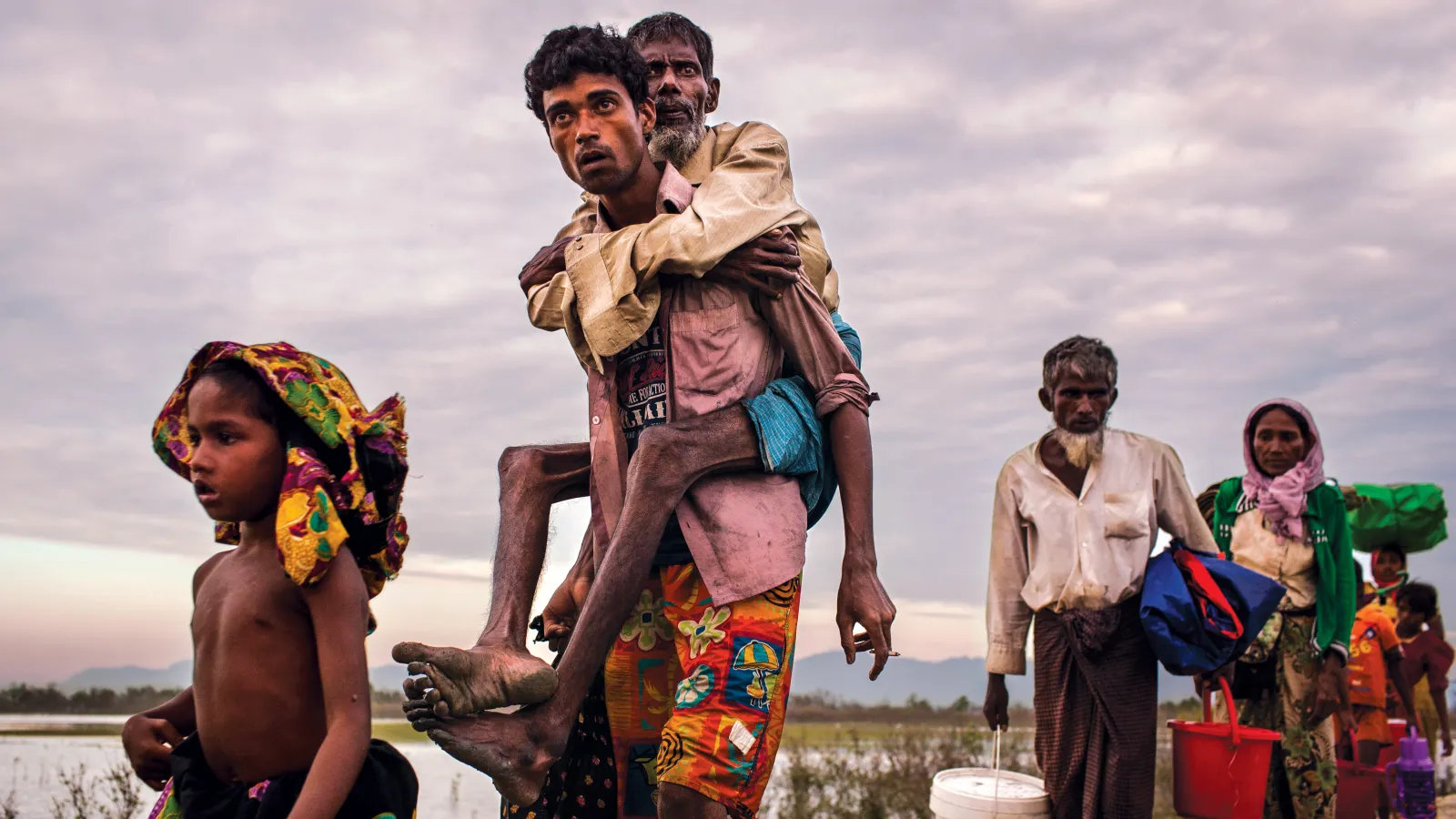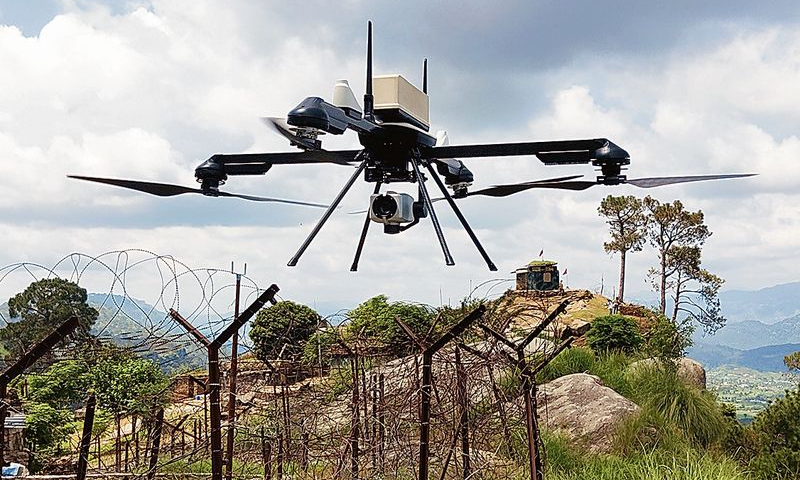In a region long grappling with insurgency and cross-border operations, a recent development has sent ripples of relief and uncertainty across North-East India. Prodip Asom, a cadre of the proscribed United Liberation Front of Asom (Independent) or ULFA(I), who was initially reported to have perished in an intense Indian Army drone and missile attack on ULFA(I) camps in Myanmar, has been confirmed alive by the militant outfit itself. This unexpected revelation has brought a wave of emotional solace to his family in Assam, even as the details surrounding the alleged military operation remain shrouded in conflicting statements and denials from official sources. The story of Prodip Asom’s ULFA-I attack survival underscores the unpredictable nature of armed conflicts and the profound human impact they leave behind.
The Alleged Cross-Border Strikes and Initial Fears
The events unfolded following what ULFA(I) described as a series of coordinated drone and missile strikes by “colonial occupational forces” targeting their mobile camps deep within Myanmar’s Sagaing region. These alleged attacks, which the outfit claims occurred in multiple waves between 2 AM and 4 AM on July 13, 2025, sent shockwaves through the region. Initial reports, particularly from the ULFA(I) itself, indicated heavy casualties, including the deaths of senior leaders. Among those tragically reported killed were Lieutenant General Nayan Asom (also known as Nayan Medhi), and later, Brigadier Ganesh Asom and Colonel Prodip Asom.
The news of Prodip Asom’s presumed death particularly struck his family in Hauphau village, under the Sonari police station in Assam’s Charaideo district. The despair was palpable, as families in insurgent-affected areas often live with the constant dread of such news. The sheer scale and alleged intensity of the attacks, with claims of over 150 Israeli and French-made drones being deployed, painted a grim picture of the situation on the ground. These claims, though unverified by independent sources, highlighted the strategic importance of the India-Myanmar border, which has historically served as a sanctuary for various insurgent groups operating in India’s North-East. The alleged attacks were said to have spanned a considerable stretch, from Longwa in Nagaland to Pangsau Pass in Arunachal Pradesh, areas known for their challenging terrains and porous borders.
Prodip Asom’s Astounding ULFA-I Attack Survival: A Family’s Relief
In a dramatic turn that brought immense relief, the ULFA(I) outfit issued a statement confirming that Prodip Asom had, in fact, survived the onslaught and was rescued alive. This news provided a much-needed emotional reprieve for his anxious family. His younger brother, speaking from their home, publicly appealed for Prodip’s safe return, yearning for a reunion after years of his involvement with the militant group. Such appeals are common, reflecting the deep personal toll insurgency takes on families who are often caught between their loyalty to a cause and their desire for their loved ones’ safety and return to normalcy.
The confirmation of Prodip Asom’s ULFA-I attack survival also sheds light on the resilience and perhaps, the operational capabilities of the ULFA(I) in navigating such intense military pressure. While the specifics of his rescue remain undisclosed by the outfit, the mere fact of his survival after being reported dead signifies a significant development for both the group and his family. For the family, it is a ray of hope that their loved one might one day abandon the path of militancy and return to civilian life.
Official Denials and the Fog of War
Despite ULFA(I)’s emphatic claims regarding the drone and missile strikes and the initial casualties, both the Indian Army and the Assam state government have vehemently denied any involvement. Lieutenant Colonel Mahendra Rawat, a Defence spokesperson, stated unequivocally that the Indian Army had “no inputs” on such an operation. Similarly, Assam Chief Minister Himanta Biswa Sarma clarified that the state police were not involved, and no attack had been launched from Assamese soil. He emphasized that the incident was under close observation, with more details awaited.
This divergence in narratives is a common feature in conflicts involving non-state actors and state forces. The lack of independent confirmation from neutral sources, coupled with official denials, contributes to a “fog of war” where truth can be elusive. Myanmar, itself embroiled in a civil war following a military coup in February 2021, adds another layer of complexity. While ULFA(I) has long operated from hideouts along the India-Myanmar border, whether the reported attacks were indeed cross-border operations by the Indian Army, or perhaps incidents stemming from Myanmar’s internal conflicts, remains a subject of speculation. India has previously conducted joint operations with Myanmar, like “Operation Sunrise” in 2019, targeting insurgent camps, but no such official acknowledgment has been made in the current instance. The denial by the Indian Army could also be a strategic move to maintain ambiguity or avoid escalating tensions.
ULFA(I)’s Unwavering Stance and Future Implications
In the aftermath of the alleged attacks, the ULFA(I) issued strong warnings, vowing to “avenge this brutal attack carried out by the colonial nation,” referring to New Delhi as a “colonial power” and the Indian armed forces as “occupational forces.” This rhetoric is consistent with the faction’s long-standing demand for a “sovereign Assam,” a core ideological stance that has prevented them from joining peace accords signed by other ULFA factions. Led by Paresh Baruah, this anti-talks faction has consistently refused to engage in discussions unless the issue of Assam’s sovereignty is on the table.
The group’s claims of continued attacks, even during the funeral rites of their fallen members, and their subsequent vow of revenge, indicate a hardening of their position. While their numbers and influence have reportedly dwindled compared to the peak of militancy in the 1980s, the ULFA(I) remains a significant challenge to regional peace and security. The group’s continued operation from Myanmar, where they reportedly share camps with other Naga militant outfits like NSCN(K), highlights the transnational nature of insurgency in the region. The ULFA-I attack survival of Prodip Asom, while a personal reprieve, also serves as a poignant reminder of the unresolved conflict and the human lives intertwined with its complex dynamics.
Conclusion: A Saga of Resilience and Unanswered Questions
The tale of Prodip Asom’s miraculous ULFA-I attack survival is a powerful human story emerging from the volatile landscape of North-East India’s insurgency. It brings a temporary but profound sense of relief to his family and sheds light on the often-hidden human cost of these protracted conflicts. While the ULFA(I) maintains its narrative of intense military strikes and vows retribution, the steadfast denials from the Indian Army and the Assam government underscore the ambiguity that often surrounds such sensitive cross-border operations. As the region continues its pursuit of lasting peace, the experiences of individuals like Prodip Asom serve as a stark reminder of the urgent need for resolution and reconciliation.
Discover more from RastriyaSamachar24x7
Subscribe to get the latest posts sent to your email.



